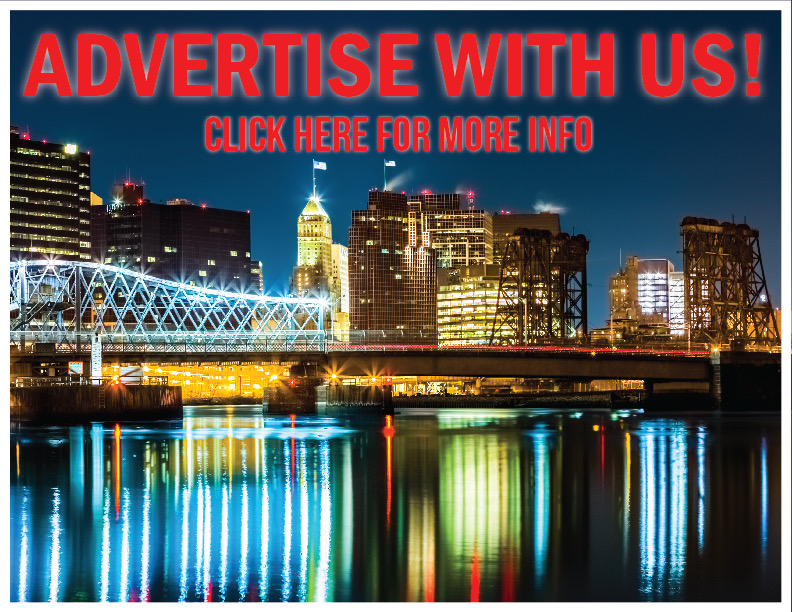NJ TRANSIT is encouraging residents to leave their cars at home beginning next week as part of the national “Try Transit Week” initiative. To celebrate the use of mass transit, NJ TRANSIT is offering discounted fares for mid-day bus customers all this week!
Customers interested in trying light rail service may ride for free between noon and 5:00 p.m. on the Newark Light Rail and River LINE on Saturday, September 28th. This promotion provides an opportunity for residents to try public transit on NJ TRANSIT services that have capacity during these timeframes.
Beginning on Monday, September 16th and continuing through Sunday, September 22nd, all single ride bus customers will be permitted to use the reduced fare senior citizen/disabled tickets on all routes when boarding any bus between the hours of 10 a.m. and 3 p.m. The reduced fare tickets will be valid between any origin and destination on the bus system, including New York and Philadelphia.
On Saturday, September 28th customers boarding at any Newark Light Rail or River LINE station between noon and 5:00 p.m. will travel for free.
“The goal of the week is to welcome new customers who want to enjoy the many benefits of riding mass transit,” said NJ TRANSIT President & CEO Kevin Corbett. “Switching to mass transit is a convenient, cost-effective alternative to driving, and a great way to become more environmentally friendly in the process.”
According to the latest greenhouse gas (GHG) emissions inventory report from the New Jersey Department of Environmental Protection (NJDEP), it is estimated that New Jersey’s transportation sector (including personal vehicles) accounts for 45.8 million metric tons CO2 equivalent (MMTCO2e), which is 42 percent of the gross GHG emissions statewide, by far the leading sector of emissions. The majority of transportation emissions, nearly three quarters, comes from personal vehicles. EPA estimates a single occupied vehicle emits 0.89 pounds of CO2 per passenger-mile. The chart below highlights NJ TRANSIT’s direct emissions through its various modes normalized on a per passenger-mile basis.
NJ TRANSIT produces 50 percent less in GHG emissions per passenger-mile than the average person driving alone, demonstrating its efficiency. NJ TRANSIT’s role in reducing emissions can be even more significant and can lead to even greater benefits as the more passengers who ride mass transit, the lower the emissions per passenger-mile.
In addition to efficiency benefits, there are land-use benefits of transit. Public transportation promotes compact developments with businesses, retail space, schools and living areas constructed within close proximity. Land use promotes public transportation, walking, and cycling due to the close distance of travelled areas. Compact development tends to emerge near transportation systems—bus depots, rail terminals, and light rail stations. For instance, NJ TRANSIT’s Hudson Bergen Light Rail serves the high-density areas of Jersey City and Hoboken and connects residents to ferries, PATH, trains and buses.
Photos courtesy of NJ Transit









